I’m on another of my minimalist streaks. I have decided that even the compact Billingham Hadley small bag is too big for general carrying around. For one thing, the space inside even this small bag is more than you need for today’s popular fixed-lens compact cameras such as the Leica Q3 or, even, Fujifilm’s new medium format bruiser. I have therefore resurrected my 2012 impulse purchase of the Billingham Pola Stowaway, which has found new life as a compact daily bag for up to two cameras.
That’s when I thought of the Billingham Pola Stowaway. I reviewed this little bag back in 2012, but I subsequently decided it was mainly a general-purpose day bag, but too small for an iPad or similar. I didn’t really see it as a serious camera bag. Consequently, it has been languishing among my (admittedly extensive) stash of bags for the past 12 years. How time flies, to coin a cliché.
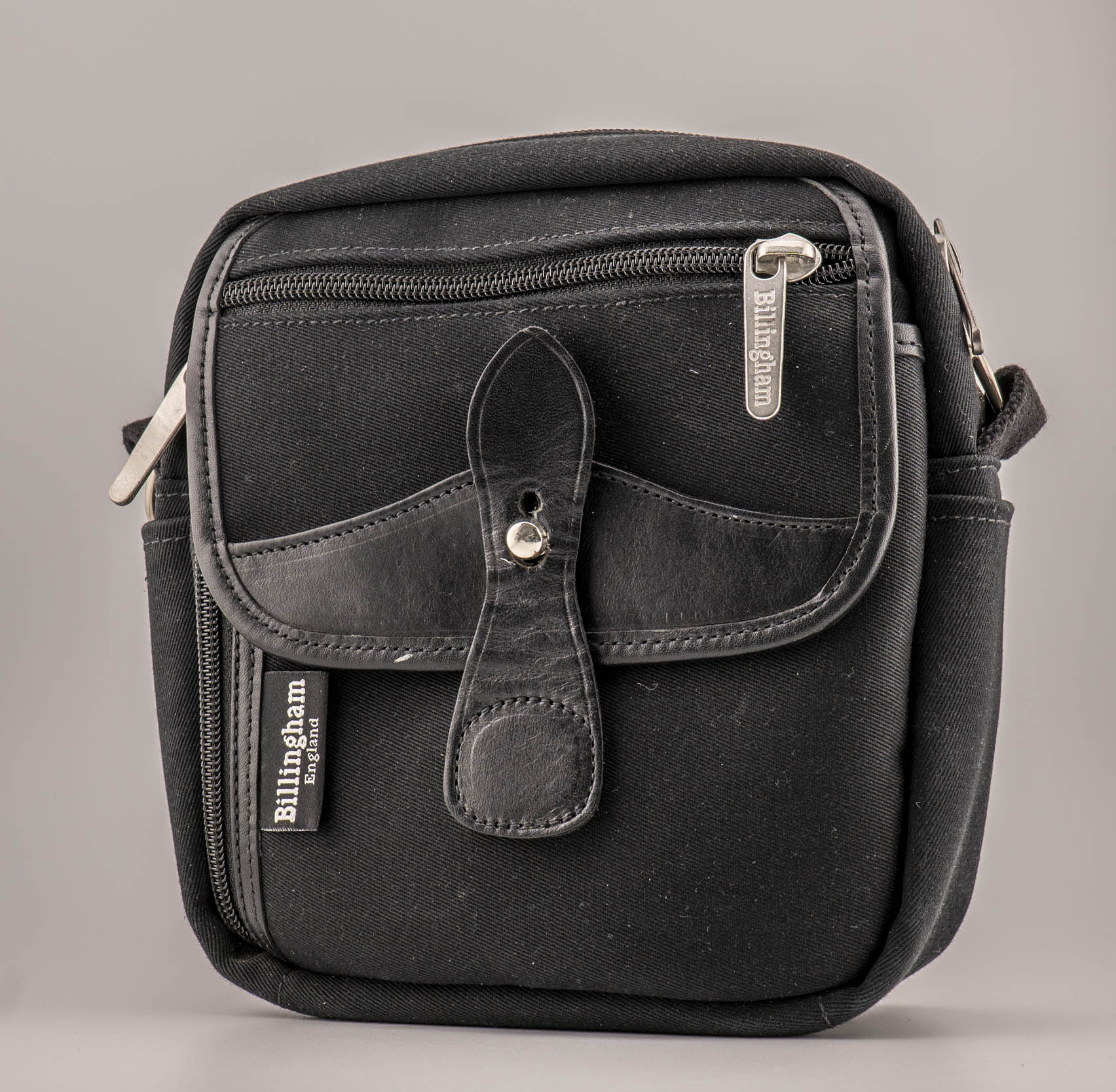
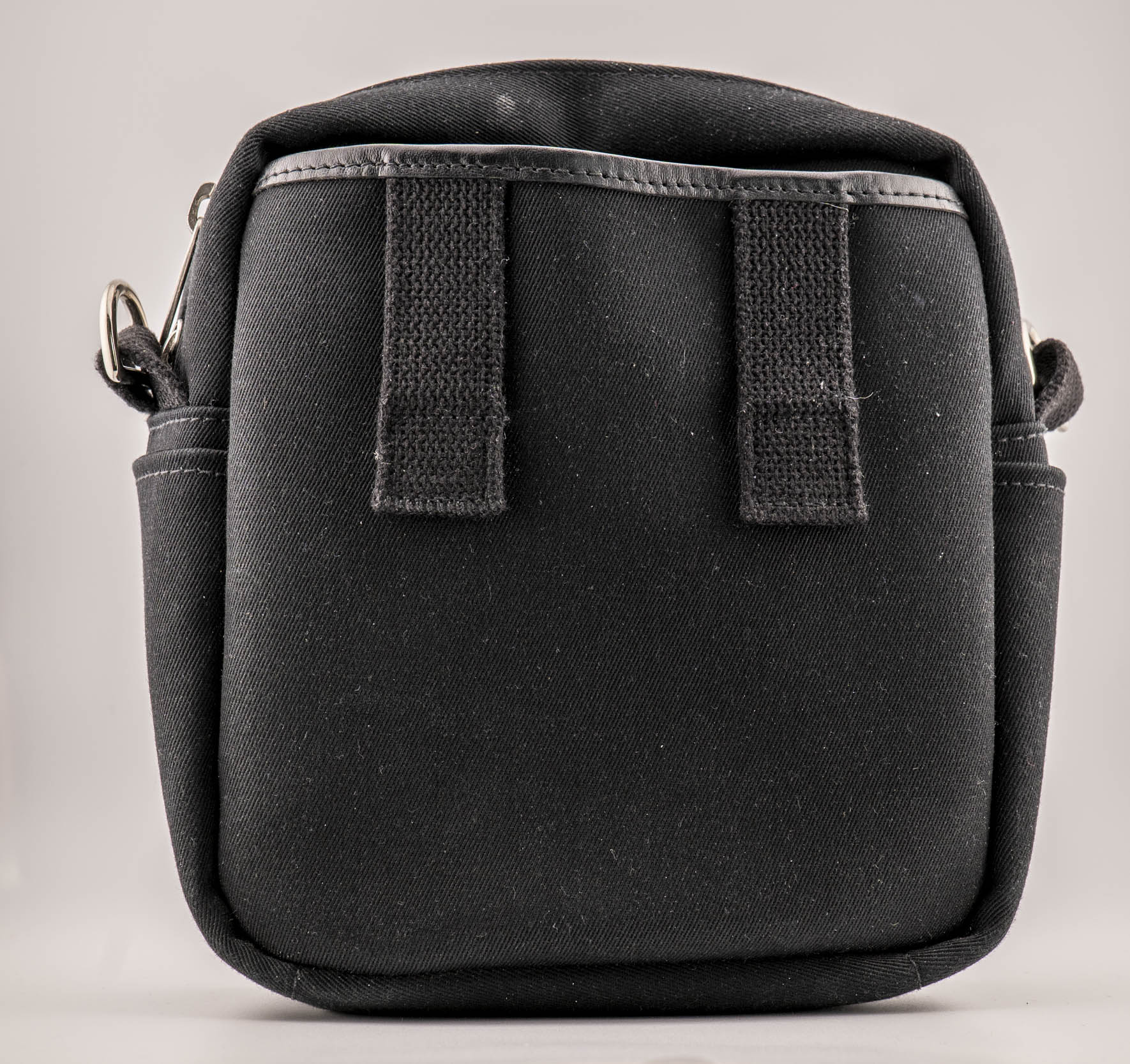
Back to its own
I re-discovered the Pola Stowaway as I ferreted around the dusty cupboard a few weeks ago, looking for something else. The little Billingham gear bag, after sitting forlornly on the shelf for all those years, soon came back into its own.
With the current craze for fixed-lens compact cameras, I realised that the Pola Stowaway is the ideal carrying bag for almost any camera of this type.
It has more than enough space for the likes of the Leica Q3, the Q3 43 or, even, the medium-format Fujifilm GFX100RF. What’s more, you can squeeze in a second, smaller camera if needed.
The Billingham Pola Stowaway cost me £96 in 2012, but it now retails for £205. It shows just how inflation has changed accessory prices over the years. Billingham now also lists the Compact Stowaway and the Airline Stowaway. The only differences are the dimensions and a small disparity in weight (see the tables below).
Quart in pint pot
As I have re-discovered, this little bag is a pint pot that comfortably swallows a quart. I’m amazed at the amount of gear I can slip into the bag for daily wanderings. It is so small and convenient, really feeling no heavier than a single camera on a strap.
Indeed, it’s an encouragement to rely on wrist straps and not use longer neck straps on my stable of compacts. The bag is so convenient that the camera can be slipped instead just as easily as looping a longer strap over the shoulder.
The big advantage of the Pola Stowaway as a system bag is that it is so light, at 530g (1.17 lb). What’s more, the compact bag and sturdy strap contrive to minimise the weight of the contents.
It can be worn over the shoulder with complete safety and comfort for long periods. You can even remove the strap (with two quick-release straps) and use the two belt loops to turn the Pola Stowaway into a waist-mounted camera bag.
Construction
As with all Billingham bags, the compact Pola Stowaway is sturdy and beautifully manufactured.
The photographs in this article show my own black canvas/black leather Pola Stowaway. But it is available in:
- Khaki canvas/tan leather
- Black canvas/tan leather
- Sage FibreNyte/chocolate leather (which is the one I’d go for if buying again)
In addition to the space in the main compartment, the Pola Stowaway has a collection of smaller pockets for cash, spare SD cards, batteries, pens, notebooks, and sundry travel accessories.
On the back of the bag is a deep open pocket, ideal for maps or papers. With cameras in the main compartment, it’s preferable not to put anything rigid into this pocket.
This back pocket supports two sturdy belt loops in case you wish to mount the bag at waist level and forego the carrying strap.
On either side of the bag, there are deep unsecured pockets for pens and other small items. The front flap contains a long-narrow pocket which is secured by a zip. Below the flap is a deeper, opening.
Versatility
Here are a few suggestions for creating a travel kit using the Billingham Pola Stowaway, showing what you can expect to fit inside this surprisingly roomy little bag.
Bear in mind that there is no padded divider, such as you find on dedicated Billingham system bags. You need to use your ingenuity to ensure that, if you are packing two cameras, you separate them with something sufficiently smooth and padded to avoid scratching either camera.
Since the larger camera is always stored in the centre, with the lens pointing to the side, the rear screen is exposed to damage. A good bit of padding solves that problem.
Being lazy, I am using a Billingham divider from the Hadley Small Pro. But it is easy enough to find an alternative that is thinner.
Remember that the Pola Stowaway, unlike Billingham’s larger camera bags, has a smooth, but sturdy lining which doesn’t stick to the Velcro pads on the divider insert. I leave the insert freestanding and make sure it is lodged between the cameras.
Exploring the options
Option 1: Riding the range
The Pola Stowaway is ideal for a rangefinder body with almost any M lens. If your daily poison is a shorter lens, such as my favourite APO-Summicron-M 35 f/2, you can even fit a spare lens beside the camera without overloading this little bag.
In the illustration, I’ve added the legendary Tri-Elmar MATE, offering 28mm, 35mm and 50mm focal lengths, albeit at a slowish f/4.
Option 2: Cosying up to the Q3 43
The Billingham Pola Stowaway makes short shrift of the Leica Q3 or Q3 43. You can even squeeze in a smaller camera, such as the Ricoh GRIII, or accessories. The D-Lux 8 is another friend your Q3 would love to get into bed with, but it is a tight fit.
Option 3: Medium-format compact gets friendly
This is the combination I find surprising. What do you say to a medium-format wide-angle camera and a 24-75mm zoom compact for when you wish to take the longer view?
Strangely, this is now a possibility. The Fujifilm GFX100RF is not as deep as the Q3 43, because of the compact lens, and leaves even more room for a running mate.
The astonishing addition, given the size of the bag, is the Leica 24-75mm D-Lux 8. One of the problems with relying on a 28mm-equivalent camera as a main device is the lack of longer optical reach. Cropping can do wonders, especially when the sensor is medium format with 102 million dots. But this isn’t quite the same.
While the D-Lux 8 manages with a mere 17 million pixels, you do get all of ’em throughout the range. It’s not like digital cropping. By 75mm, the little D-Lux is competing with the pixels available from high-resolution 28mm lenses in crop mode. And you can even perform a modest digital crop to zoom using the optical 75mm view as a starting point.
Fitting these two cameras into the Billingham Pola Stowaway is easy, although you need to be careful not to catch the bodies on the bag’s central zip.
And talking of that zip, I like it because you get such quick access to the compartment — faster than with, say, the Billingham Hadley Small where you have to wrestle with two straps. The sturdy metal zip pullers are extremely convenient, especially when opening the top zip to add or remove a camera.
Option 4: Top-of-the-market Fuji and the D-Lux 8
It’s no secret, after all these choices, that the Pola Stowaway creates a convivial and comfortable home for Fujifilm’s roaring-success of a compact. We managed to get both the X100VI and the Leica D-Lux 8 into the bag, although it’s too much of a struggle to twin it with its stable mate, the GFX100RF or the Q3.
Again, as with the GFX100RF and D-Lux 8 combination, the same advantages are apparent. With the Fujifilm’s high-resolution 40mp sensor powering the 35mm lens, this APS-C winner is good for a hefty crop — almost as good as the Leica Q3, which has the disadvantage of starting at the wider 28mm angle.
The D-Lux 8, again, gives excellent coverage up to 75mm, despite its four-thirds sensor and measly pixel count. I find it makes a good companion for a higher-resolution fixed-lens compact.
Dimensions
There are three versions of the Stowaway: Pola (reviewed here), Compact and Airline. All are the same price (£205 in the UK, including 20% tax) which makes choosing easier. Your sole job is to check the dimensions. However, the cameras have been checked only with the Pola version.
Pola Stowaway (as reviewed)
Compact Stowaway
Airline Stowaway
The minimalist commandment… thou shalt not struggle
I now prefer to travel with lighter camera gear than I’ve struggled with in the past. No big bags and heavy system cameras and lenses. I’ve done all that, but I’m now fixated on keeping down the pounds.
That’s why I have become a fan of fixed-lens compacts. The latest crop of full-frame and medium-format beasts offer impeccable performance in a small form and with a big weight saving. But I like to take an even smaller camera, such as the D-Lux 8 or Ricoh GRIII, both for backup and alternative opportunities.
The Billingham Pola Stowaway currently meets my craving for minimalism. What’s more, it is super convenient and extracting cameras is quick and simple.
And for an even smaller carry
If you like the idea of the Billingham Pola but don’t need quite so much space, the new Ten-16 camera bag is worth checking out. This bag is designed to hold compact cameras such as the Fujifilm X100VI and the Leica D-Lux 8. This bag retails in the UK for £129, including tax.
Visit the Billingham website
More reading on bags and stuff
Make a donation to help with our running costs
Did you know that Macfilos is run by five photography enthusiasts based in the UK, USA and Europe? We cover all the substantial costs of running the site, and we do not carry advertising because it spoils readers’ enjoyment. Every amount, however small, will be appreciated, and we will write to acknowledge your generosity.

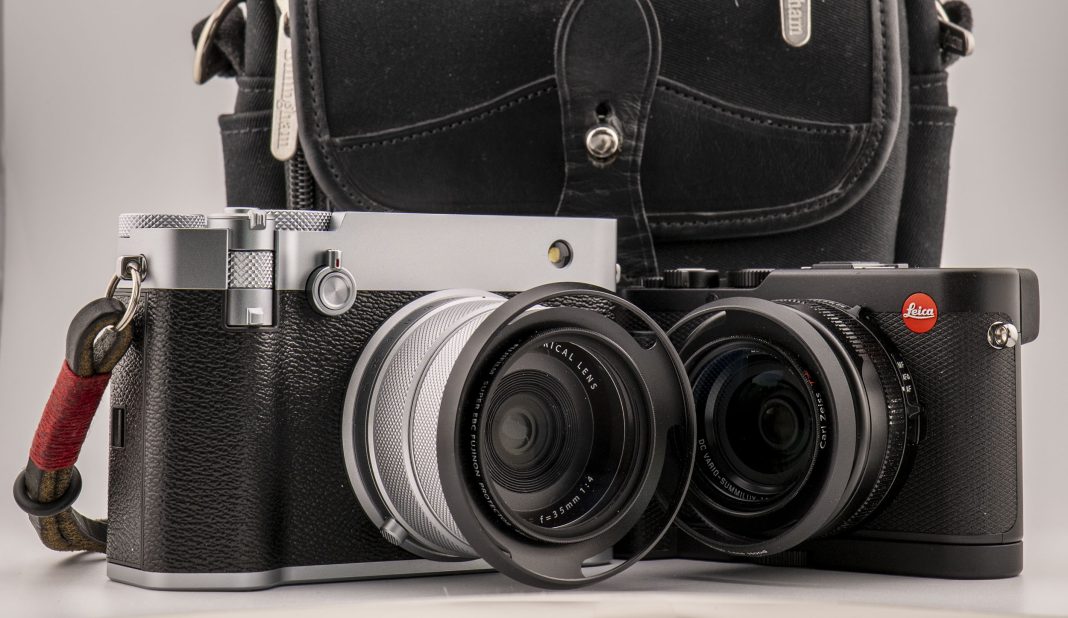
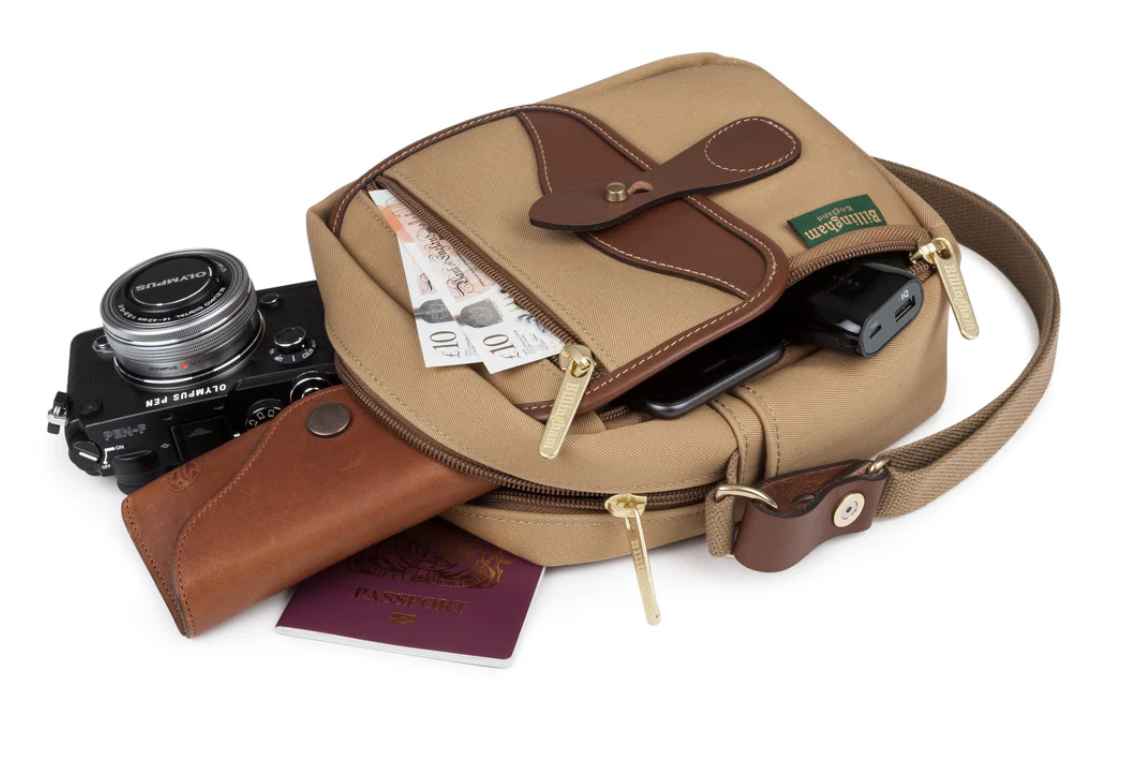
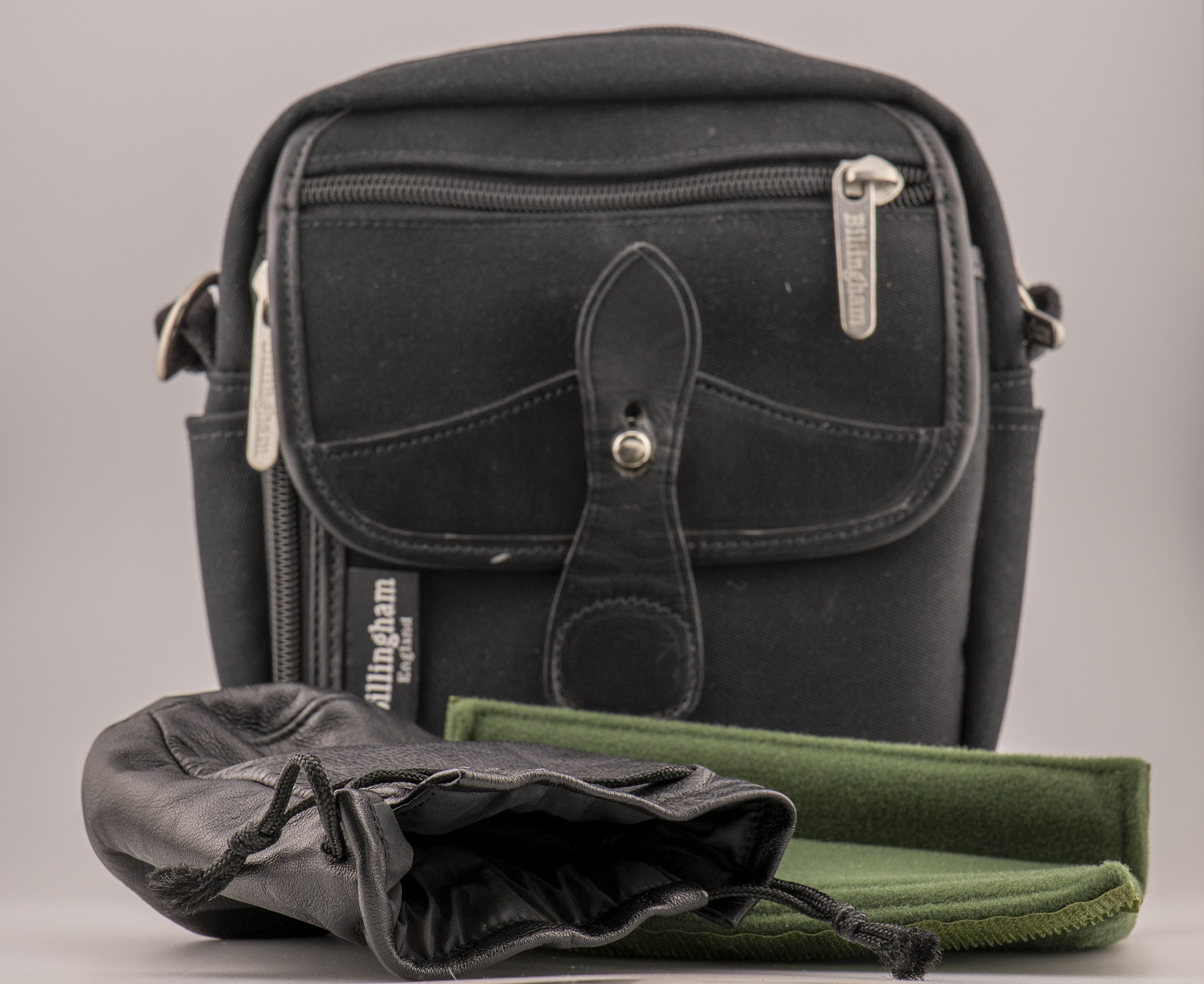
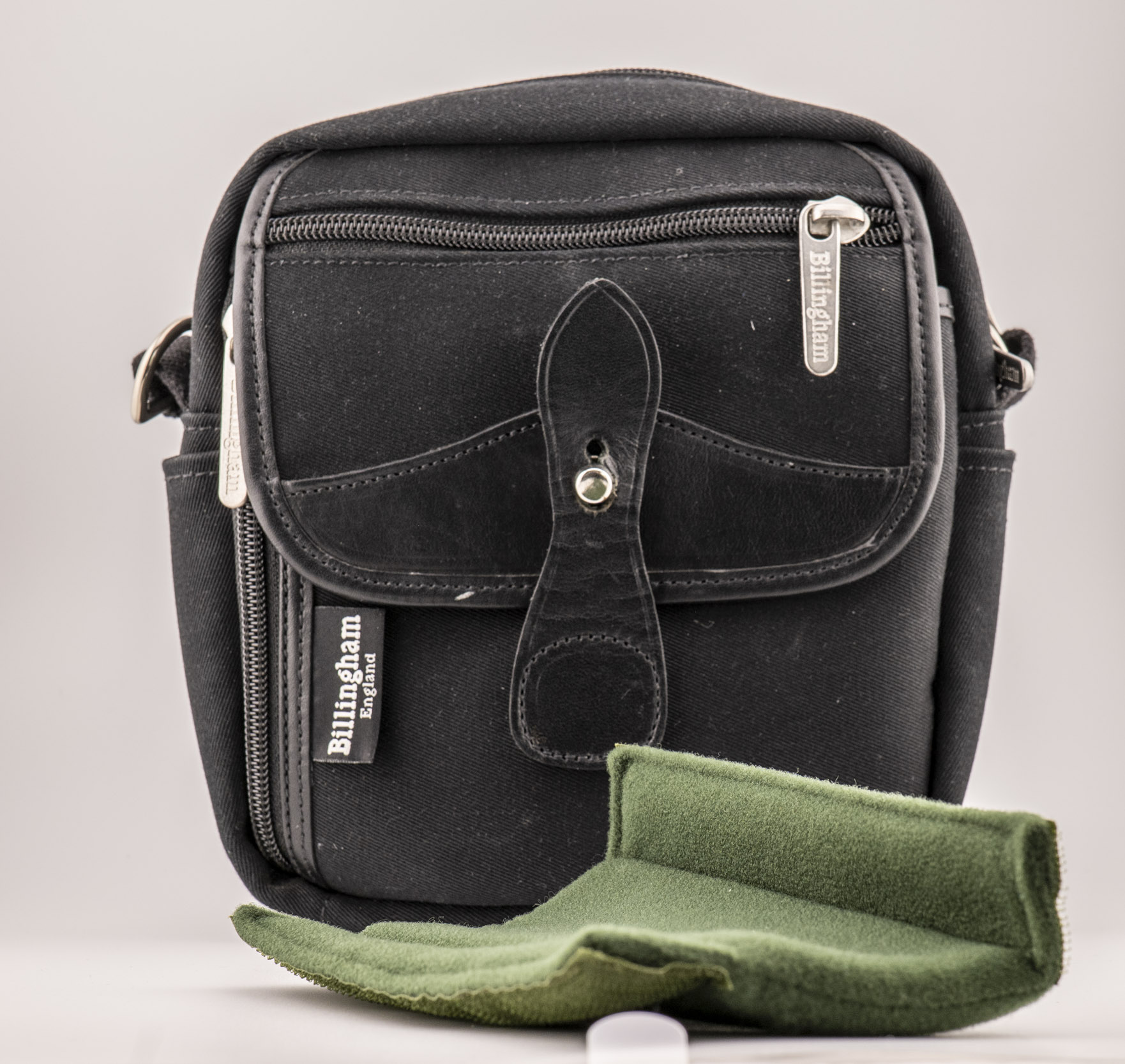
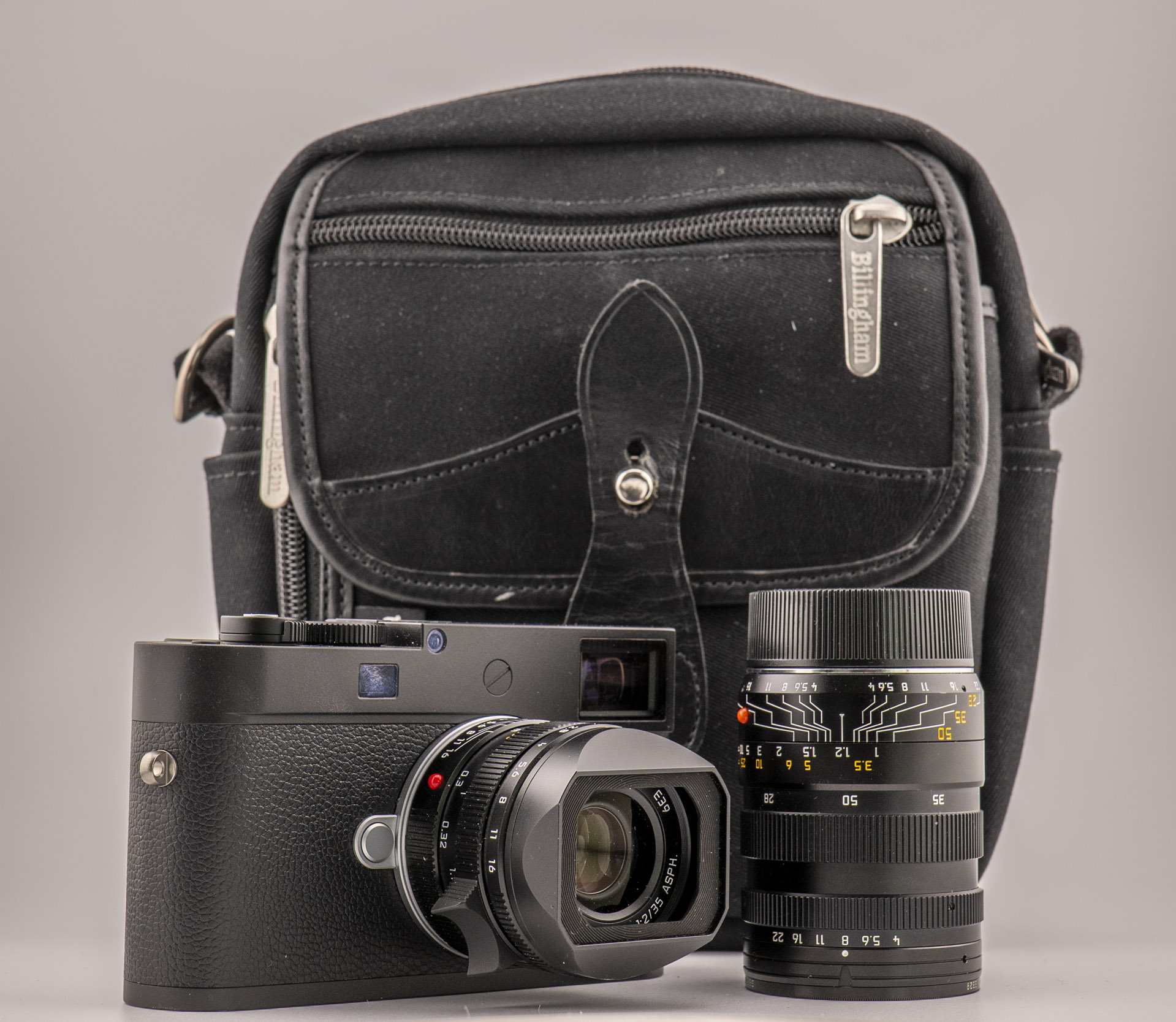
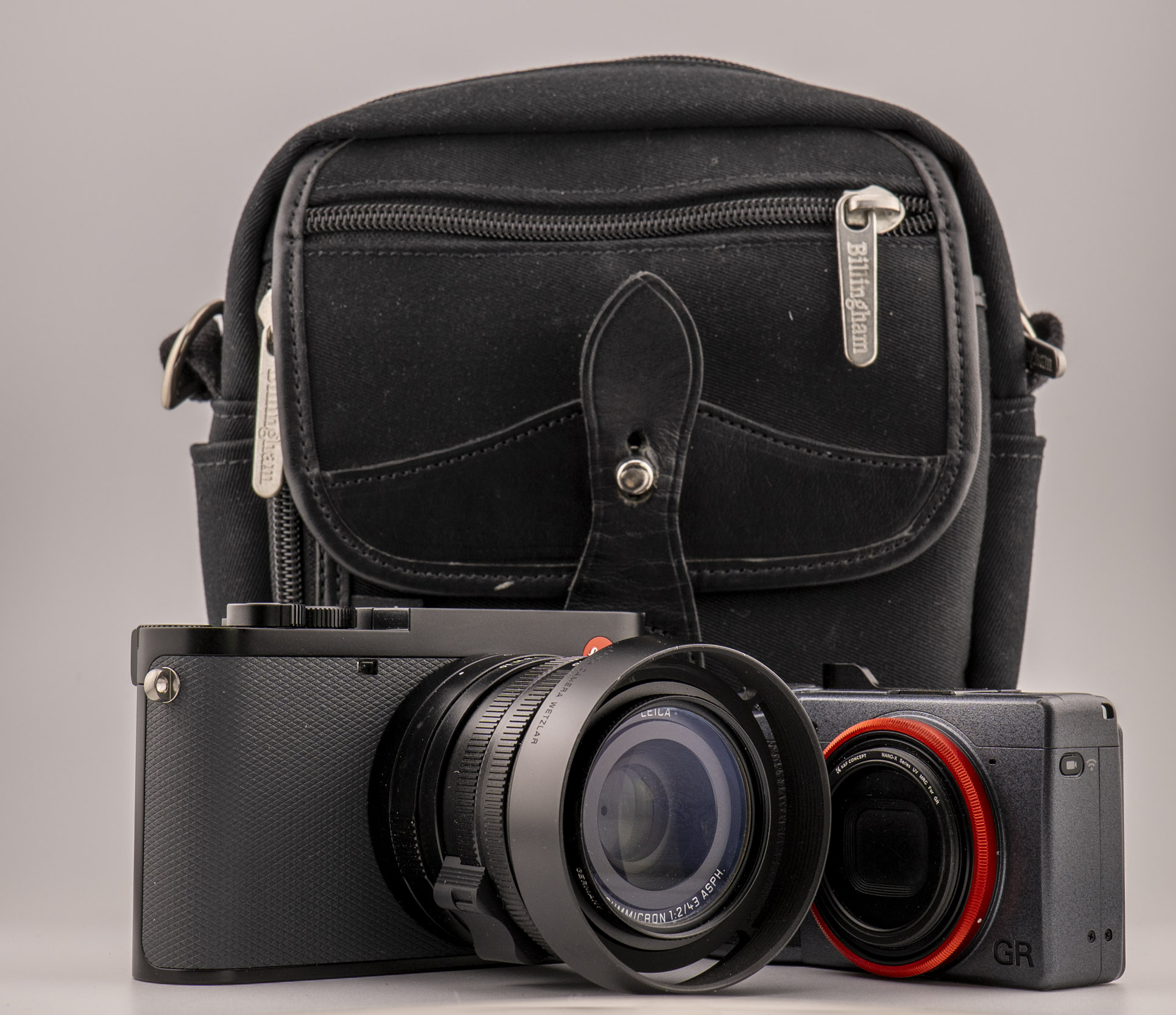
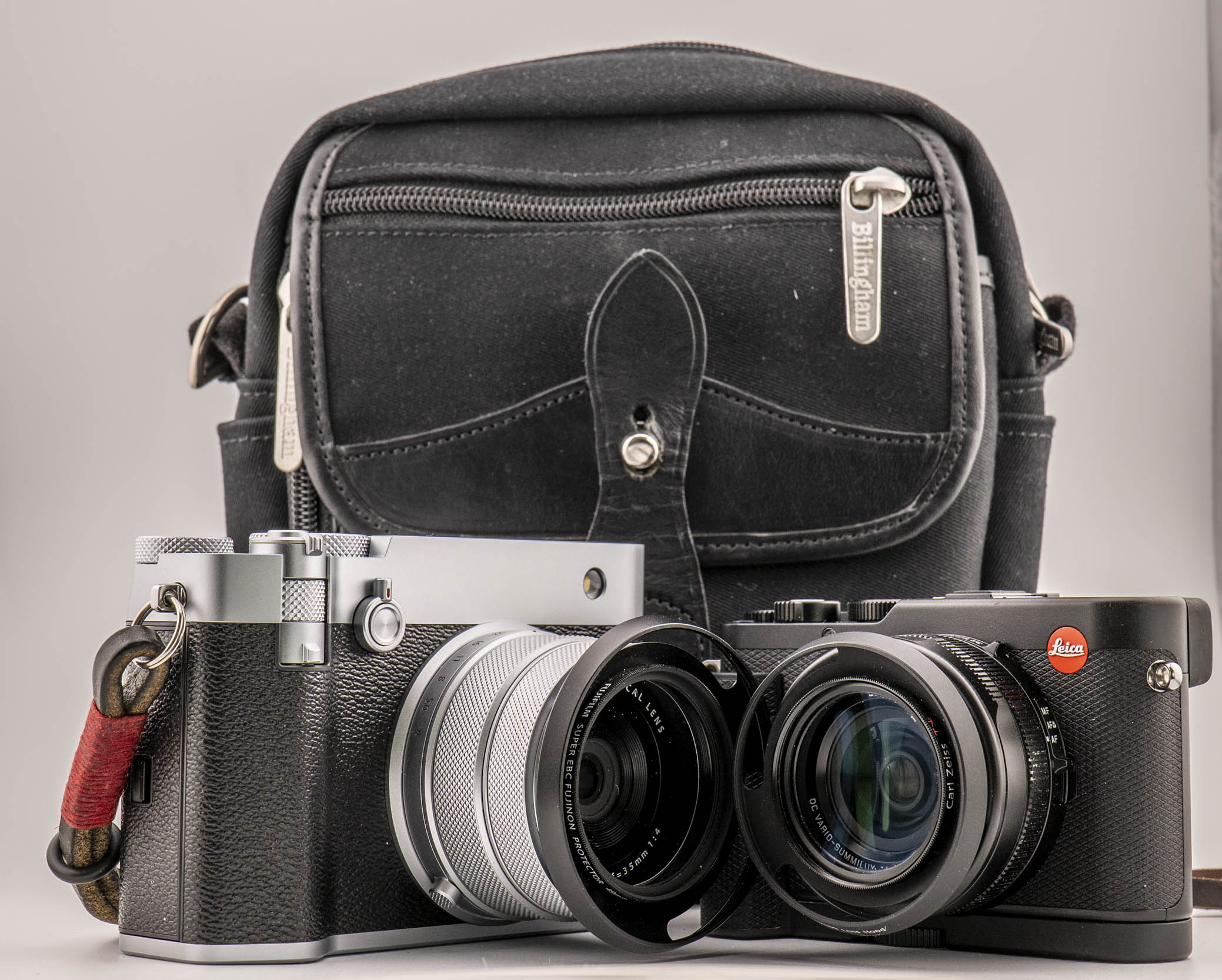
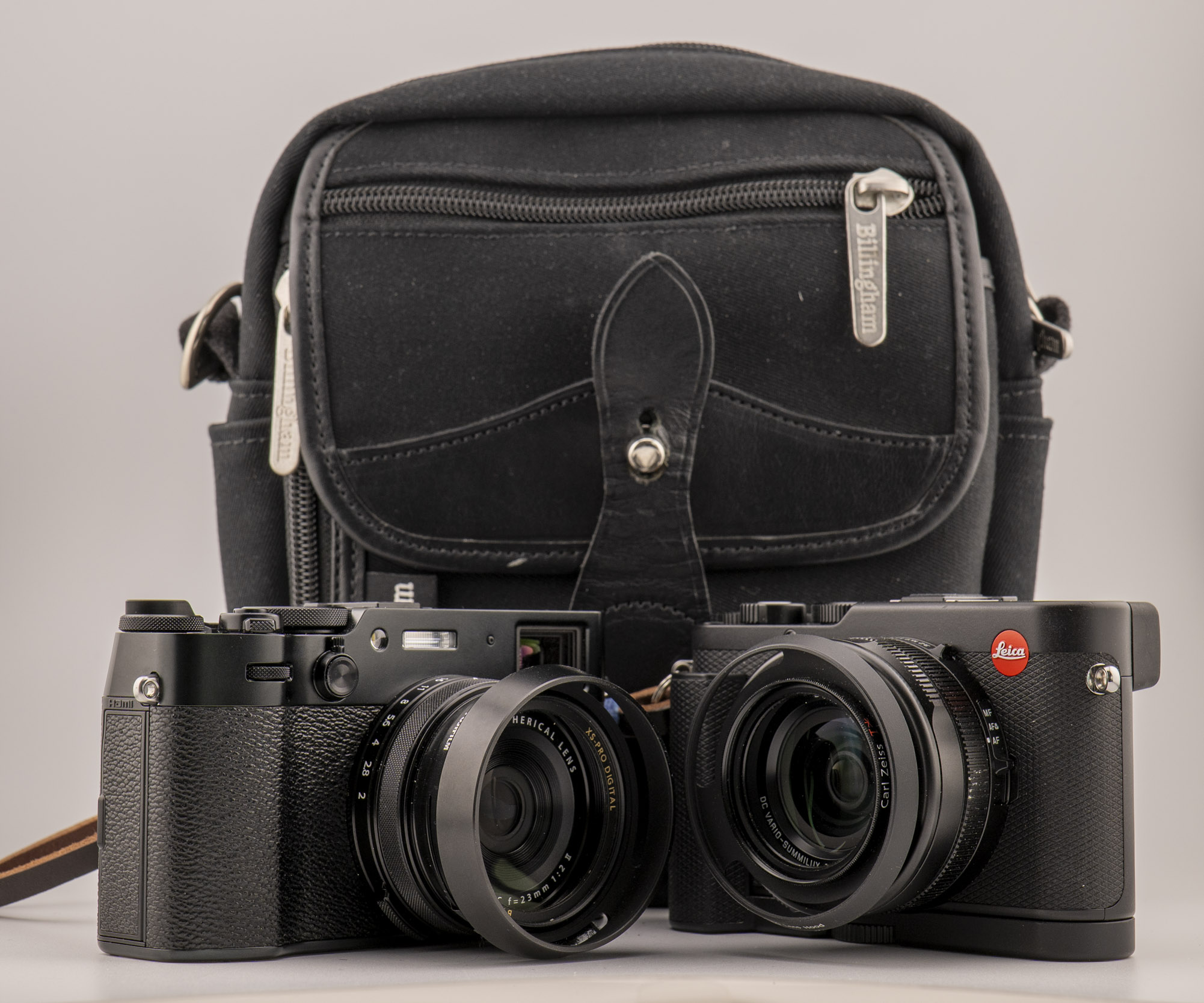
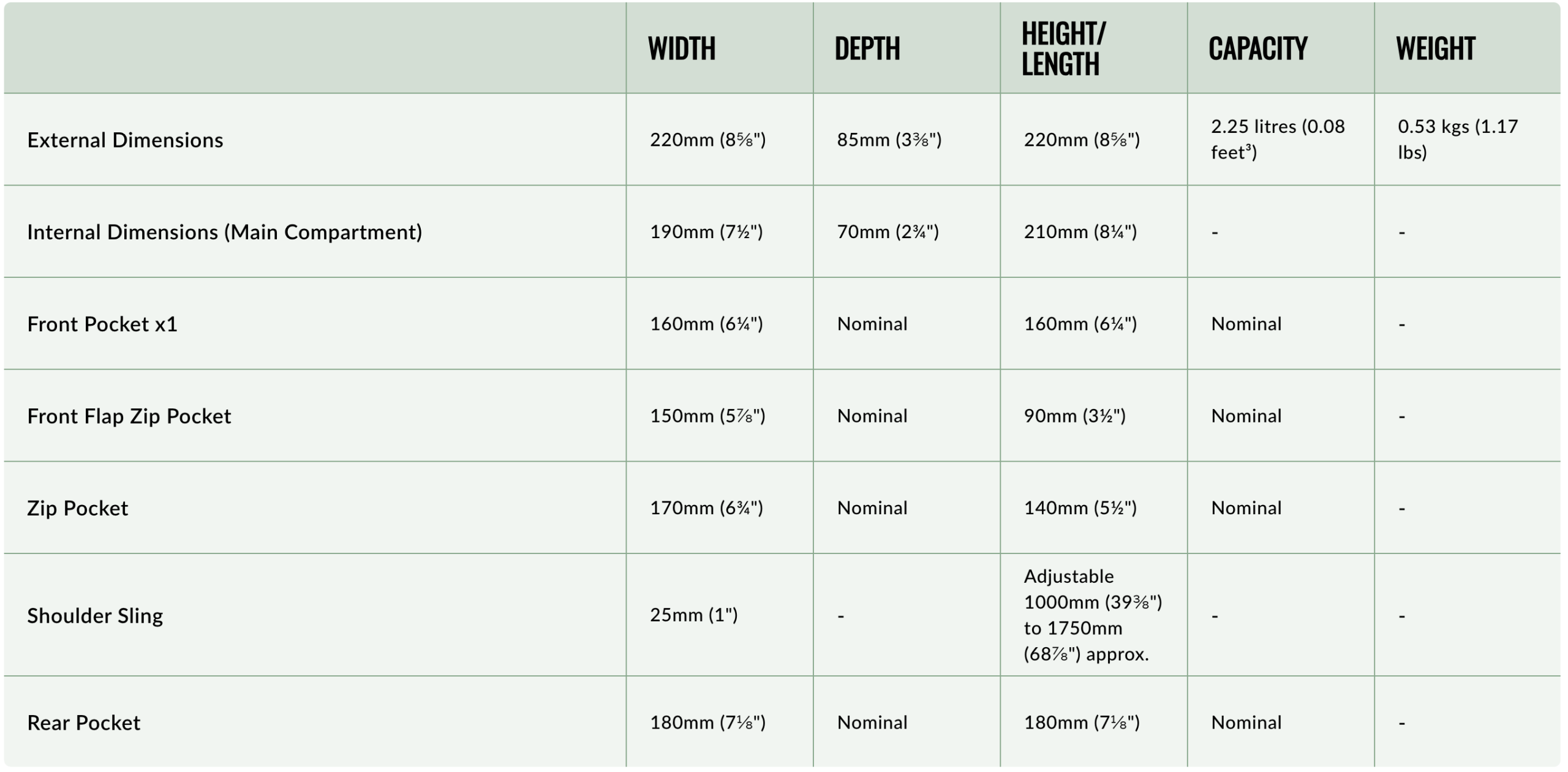
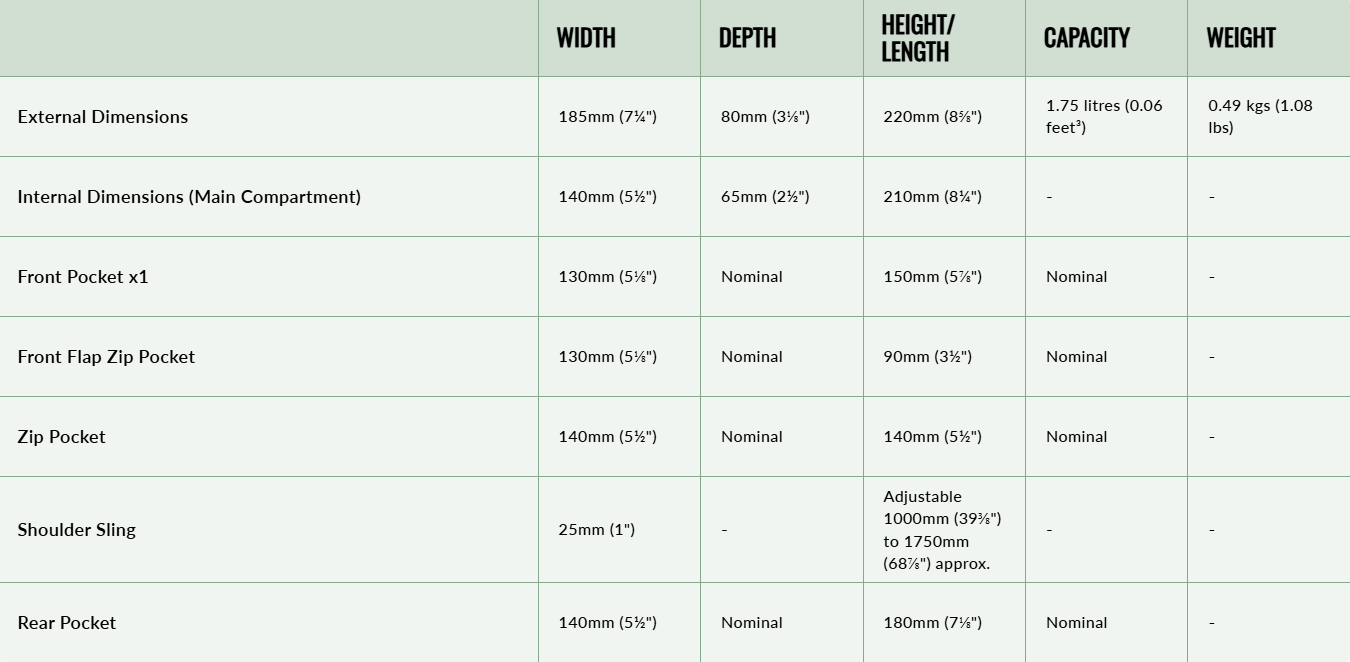
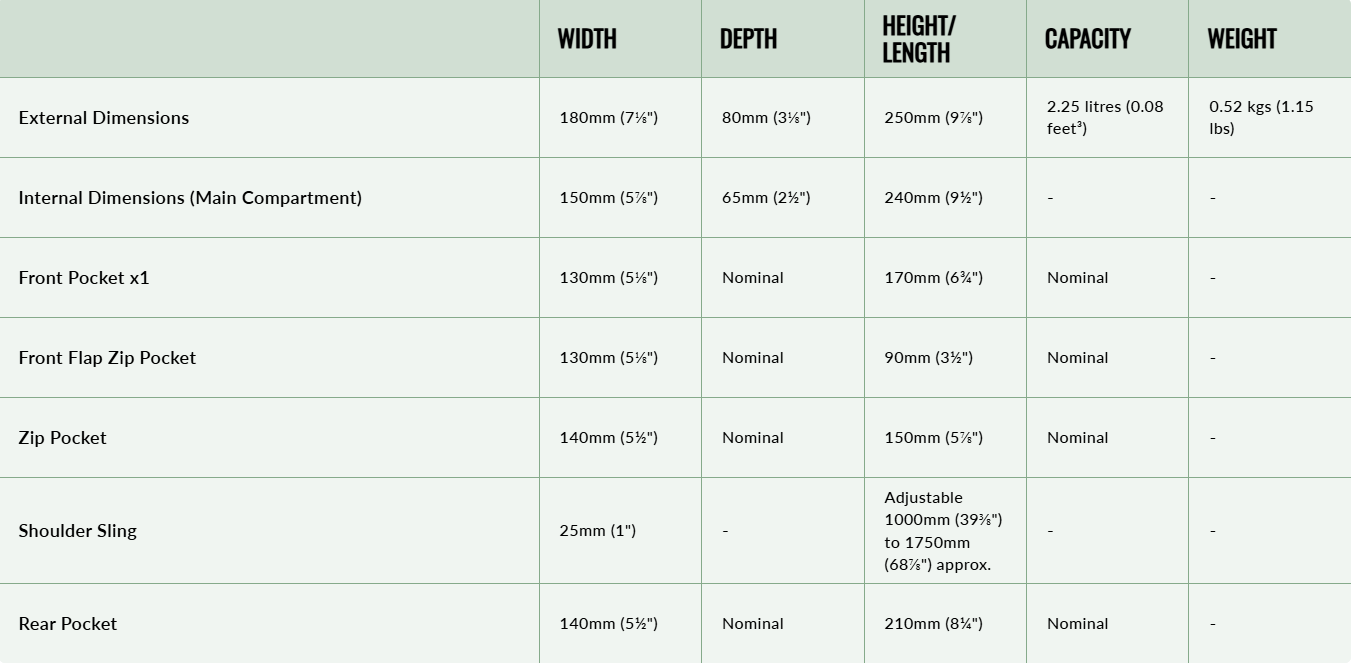
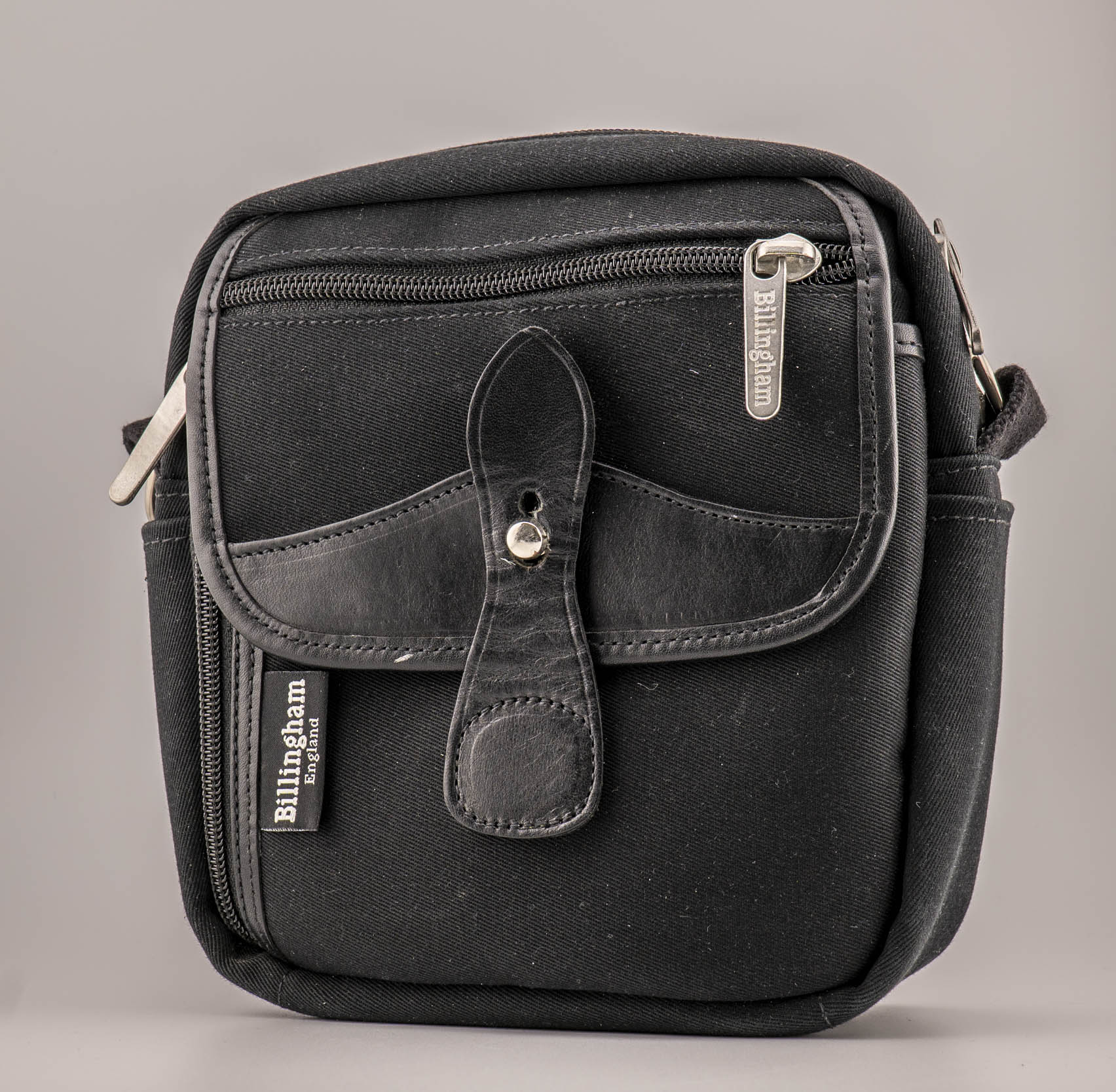
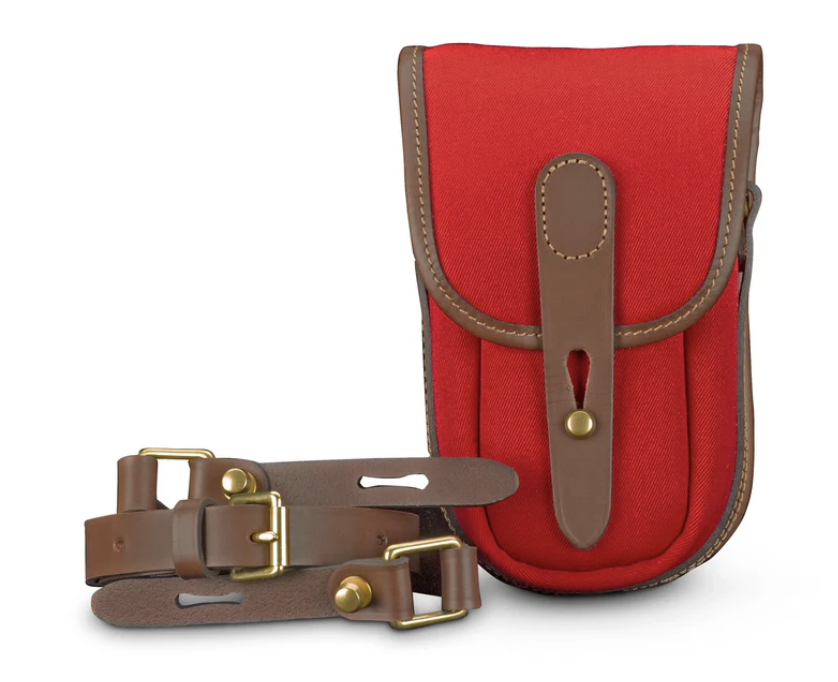

Billingham seems to understand that ‘the look’ can be an important factor, second (of course) to functionality. Along those lines, my Hadley holds the M two unmounted lenses, the EVF and misc. And, it’s a subtle green color with brown trim.
For my first trip to Japan all I took was the D-Lux Typ 109, in my Ghurka Carrier purse. Next trip, D-Lux refused to extend and got replaced by the Fuji X-E3 — again very purseable.
Next it’ll have yo be the Hadley, with the XT5 and three primes. And I’ll still be fashionable 🙂
Though, I might be he only MACFILOS reader concerned about such!
I am also now in the process of downsizing my camera bag. What used to be small is now large and heavy. I am going to have to find a home for my Billingham 555 and a few others. I do have a backpack camera bag mounted on a golf cart that I will keep.